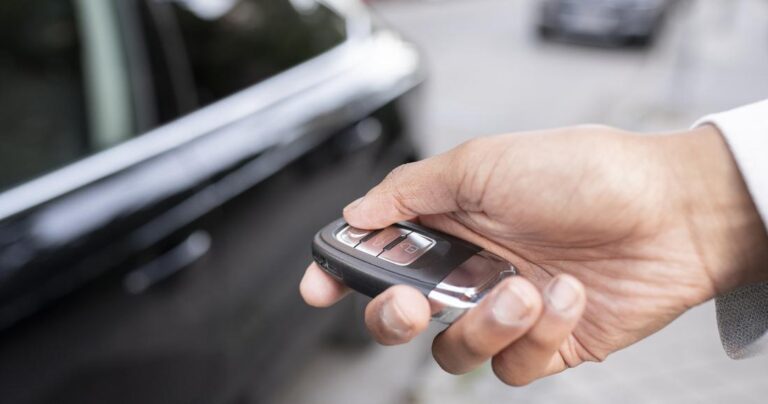Car key replacement is an essential service that becomes necessary in various situations, from losing your keys to dealing with a damaged key. Understanding the process can help you make informed decisions and minimize the inconvenience. This article explores when car key replacement is needed, the steps involved, and what to consider to ensure a smooth experience.
When Is Car Key Replacement Needed?
1. Lost or Stolen Keys
Losing your car keys or having them stolen is one of the most common reasons for seeking a replacement. In these cases, replacing the key is not just about access but also security, as the lost key may fall into the wrong hands.
2. Damaged Keys
Car keys can become damaged over time due to regular use, exposure to harsh conditions, or accidental mishandling. A bent or broken key may no longer fit properly in the ignition or door lock.
3. Faulty Key Fobs
Modern vehicles often use key fobs that rely on electronic components to function. If the battery dies or the internal circuitry fails, you may need a replacement fob or repair.
4. Worn Out Ignition Cylinders
Sometimes, the issue is not with the key itself but with the ignition cylinder. A worn-out cylinder may prevent even a perfectly functional key from starting the car.
5. Upgrading to a Spare Key
Having only one key can be risky. Many people opt to replace or duplicate their car key to ensure they always have a backup in case of emergencies.
Steps in the Car Key Replacement Process
Step 1: Identify the Type of Key
The first step in replacing a car key is determining its type. Keys come in various forms, including:
- Traditional Metal Keys: Simple and easy to replace.
- Transponder Keys: Contain a chip that communicates with the car’s immobilizer system.
- Remote Key Fobs: Combine a physical key with remote locking/unlocking functionality.
- Smart Keys: Fully electronic and allow keyless entry and ignition.
Step 2: Gather Necessary Information
To ensure a successful replacement, you’ll need to provide specific details about your vehicle, such as:
- Make, model, and year of the car.
- Vehicle Identification Number (VIN).
- Proof of ownership (e.g., registration or title).
Step 3: Choose a Replacement Method
There are several options for replacing a car key, depending on your needs and budget:
Car Dealerships:
- Pros: Guaranteed authenticity and compatibility.
- Cons: More expensive and time-consuming.
Professional Auto Locksmiths:
- Pros: Cost-effective and quicker service.
- Cons: May require verification of expertise for advanced keys.
Online Services:
- Pros: Convenient and sometimes cheaper.
- Cons: Risk of receiving incorrect or low-quality keys.
Step 4: Programming the Key (If Required)
For modern vehicles, replacement car key often require programming to sync with the car’s immobilizer system. This step ensures the key can start the engine and operate electronic functions like remote locking.
Step 5: Testing the Replacement Key
Before completing the process, it’s essential to test the new key to ensure it works seamlessly with the car’s locks and ignition. This prevents future inconveniences and confirms the key’s compatibility.
Factors to Consider During Car Key Replacement
1. Cost
The cost of replacement varies depending on the type of key and the service provider. Traditional keys are cheaper, while smart keys and fobs are more expensive due to their advanced technology.
2. Turnaround Time
Replacing a car key can take anywhere from a few minutes to several days, depending on the complexity of the key and the availability of services.
3. Security Measures
For lost or stolen keys, it’s crucial to reprogram the car’s locks and immobilizer system to prevent unauthorized access.
4. Quality Assurance
Ensure that the replacement key is of high quality and comes with a warranty. This is particularly important for electronic keys and fobs.
Preventive Measures to Avoid Replacement
- Keep Spare Keys: Always have a backup key stored safely.
- Use Key Protectors: Protect keys from physical damage with sturdy key holders.
- Maintain Key Fobs: Replace batteries regularly to avoid electronic failures.
- Be Mindful of Key Usage: Avoid applying excessive force or using keys as tools.
Car key replacement Cambridge is a straightforward process when approached correctly. By understanding the steps involved and knowing your options, you can navigate the situation with minimal stress. Whether it’s a traditional key or a sophisticated smart key, taking preventive measures and being prepared can save you time and money in the long run. Always prioritize quality and security when choosing a replacement method to ensure the best outcome for your needs.
